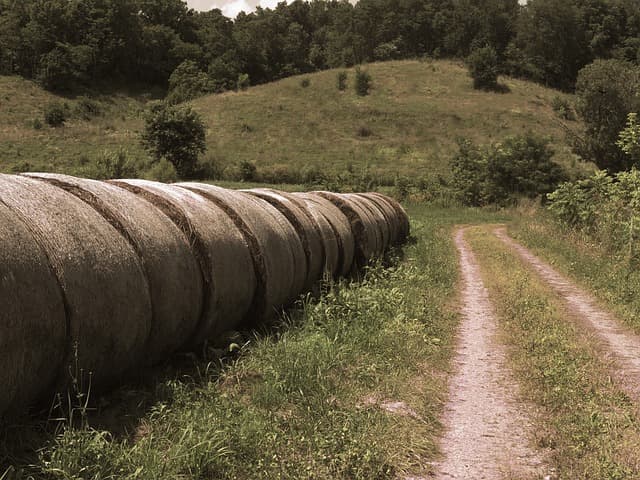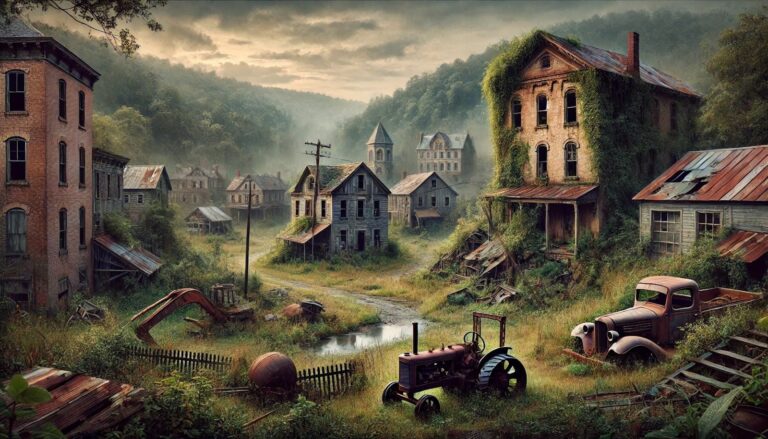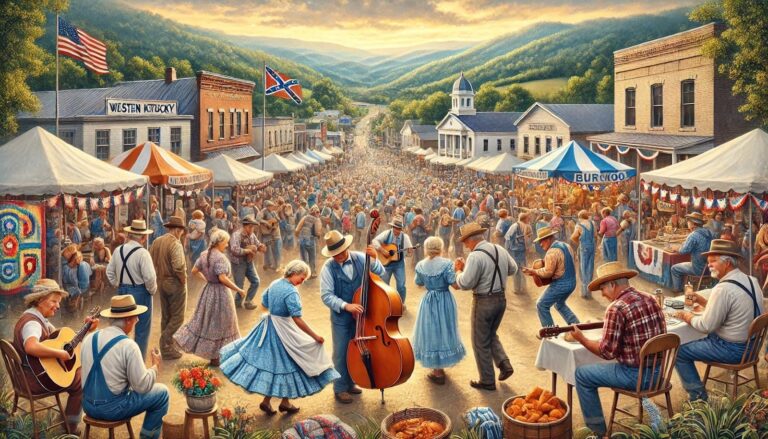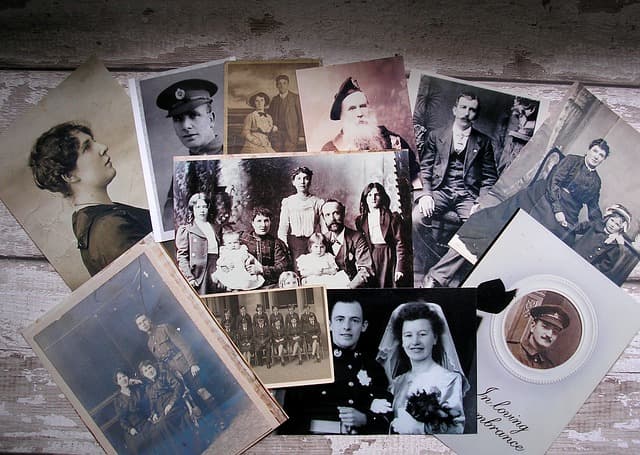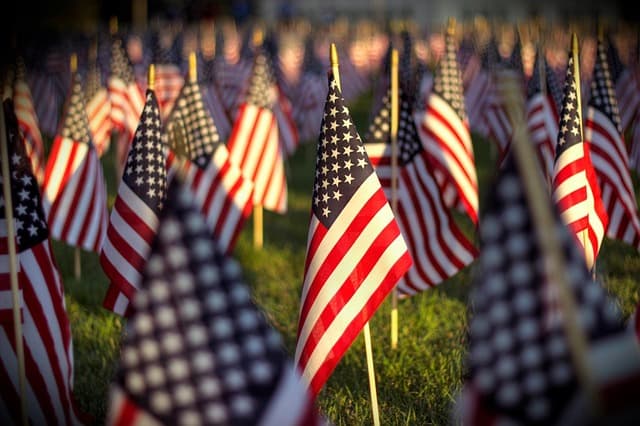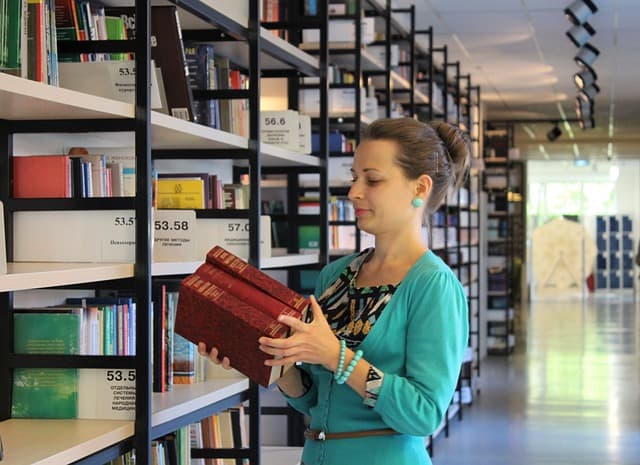Livingston County is one of the historically significant counties in Western Kentucky. Located in the southwest of the state, it has a rich cultural heritage spanning from its founding to the present day.
The founding of Livingston County
Livingston County was founded on December 13, 1798. It was named in honor of Robert R. Livingston, one of the signers of the Declaration of Independence and a prominent political figure. Robert R. Livingston had a huge influence on the development of the United States in the early years of its independence, in particular, serving as a minister in France, where he helped to realize the acquisition of Louisiana in 1803.
Geography and population
Livingston Parish has an area of 886,299 square kilometers, much of which is covered by water, including Lake Kentucky, which is a popular destination for recreation and leisure. According to the 2010 census, the county’s population was about 9,519. The majority of the county’s population is rural and engaged in agriculture, particularly corn and tobacco farming.
Famous families and historical figures
Among the families that have had a significant impact on the development of the county is the Livingston family, after whom the county was named. However, unlike some other counties, such as Livingston, there are no well-known political figures at the governor’s level in the history of this region that would have been as important to the state of Kentucky as they were in some other regions of the United States.
Culture and heritage
Today, Livingston County retains its agricultural heritage, but it is also developing in the direction of tourism and small businesses. Local communities are actively working to preserve historical sites, organizing festivals and cultural events that attract tourists and contribute to the economic development of the region. Kentucky Lake is an important tourist destination for those who enjoy fishing, water sports and outdoor recreation.
As such, Livingston County is a shining example of how history, culture, and families can influence the development and identity of a region while maintaining a connection between the past and the present.
